

The New York Times and other sources report today that Aaron Swartz, a co-founder of the social news site Reddit, was found hanged in his Brooklyn apartment. “At 14,” the Times noted, “Mr. Swartz helped create RSS, the nearly ubiquitous tool that allows users to subscribe to online information.”
The 26-year-old computer prodigy was under federal indictment for hacking into JSTOR, an online academic resource whose materials are available on a subscription-only basis, and making nearly its entire library of literary and scientific articles available to the public.
At the time of his death Swartz was awaiting trial and faced up to 35 years in prison. (In 2009, Swartz hacked into the U.S. government’s PACER system, which tracks federal court cases, and made available online millions of its documents. He was not charged in that incident.)
In a September 15, 2011 Frying Pan News post,
» Read more about: Internet Activist Aaron Swartz, 26, Apparent Suicide »
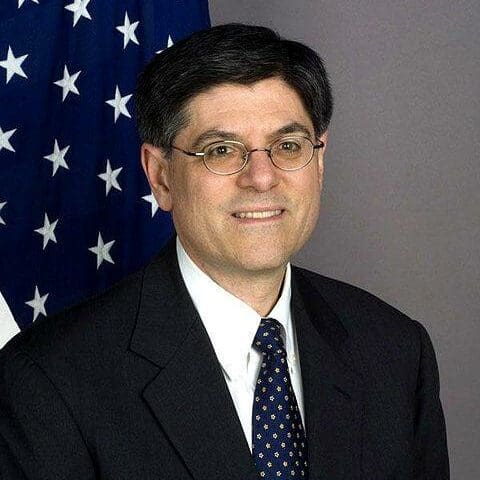
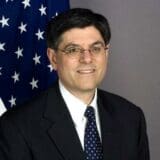
As President Obama prepares to nominate his current Chief of Staff, Jack Lew, to the Treasury Secretary position, attention to Lew’s record and loopy signature is at an all-time high. Now, vigilant labor journalist Josh Eidelson has unearthed information on Lew’s pivotal role in busting the NYU grad student union.
The NYU graduate student union, which enjoyed official status from 2000 to 2005, was the only graduate student union to ever exist as a private university. Functioning as a case study for the political swings of the NLRB as well as a number of graduate student and adjunct professor organizing drives, the NYU Graduate Student Union (GSOC) has persevered as an informal organizing group regardless of official recognition.
The GSOC enjoyed support from within NYU and outside of it, and they didn’t lose their official bargaining status without a fight. Eidelson reports for Salon:
While graduate student teachers and researchers are unionized at many public universities,
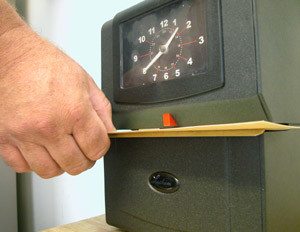

 Every year millions of Americans are victims of what some call wage theft — a practice in which a company fails to compensate workers for their time, short-changes them on their benefits or intentionally misclassifies employees in order to save money. And even though all that is illegal, Kim Bobo, executive director of Interfaith Worker Justice and author of Wage Theft in America, says it’s surprisingly common in the U.S.
Every year millions of Americans are victims of what some call wage theft — a practice in which a company fails to compensate workers for their time, short-changes them on their benefits or intentionally misclassifies employees in order to save money. And even though all that is illegal, Kim Bobo, executive director of Interfaith Worker Justice and author of Wage Theft in America, says it’s surprisingly common in the U.S.
“Minimum wage and overtime violations are two of the most common ways that wage theft occurs. Another way is payroll fraud, when employers intentionally call people independent contractors when they are really employees. Now if your boss — not you — declares you an independent contractor, you probably aren’t one. Then there is also tip stealing. About 10 percent of tipped workers actually don’t get their tips; their employers just don’t give it to them,”
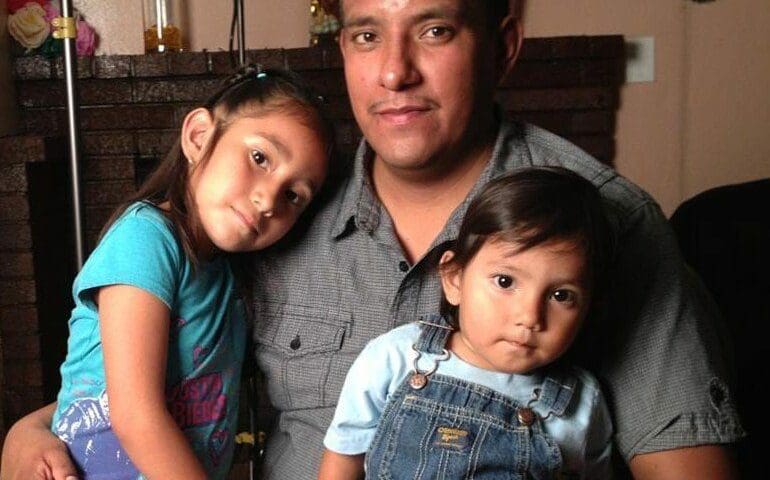
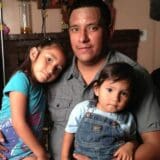
A federal judge Thursday ordered Walmart to be included in a lawsuit filed by warehouse workers embroiled in a labor dispute with employers contracted by the retail giant. In downtown Los Angeles, United States District Court Judge Christina A. Snyder denied Walmart’s request to be excluded from the case (Carrillo v. Schneider Logistics, Inc.), which began litigation in October, 2011. At that time, several warehouse employees in Mira Loma filed suit against Schneider Logistics, Inc., Premier Warehousing Ventures, Rogers-Premier Unloading Services and Impact Logistics, Inc. for alleged violations of federal and state labor laws.
Walmart had argued that the plaintiffs had waited too long before seeking to include Walmart as a defendant. This delay, Walmart claimed, placed the company in the unfair position of having little time to catch up with discovery evidence and to prepare for an anticipated plaintiff class-action motion later this month. The Bentonville, Arkansas corporation also argued against inclusion in the suit because Walmart is not the warehouse workers’ employer.
» Read more about: Warehouse Workers Win New Round in Walmart Case »

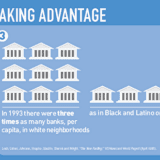
Infographic Source: ACLU and aclu.org’s “Big Profits, Broken Dreams”
» Read more about: How Banks Subprimed Black and Latino Morgtages »
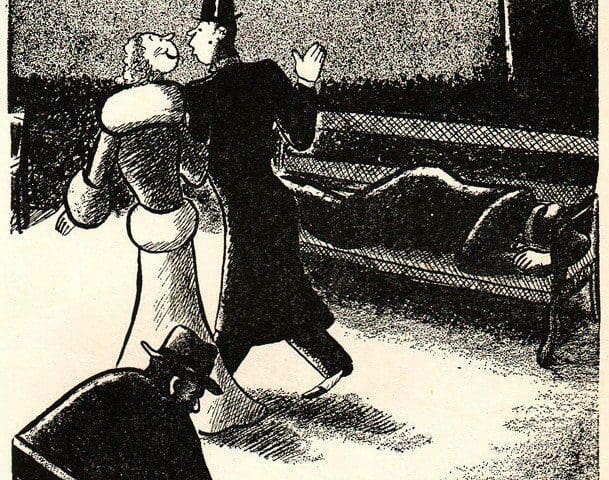

How much do the newly enacted tax hikes on the wealthiest Americans actually affect them? Hardly at all.
Almost all of the debate that convulsed Capitol Hill in December concerned the reinstatement of the highest marginal tax rate on earned income — that is, on wages and salaries. But as Fitzgerald said, the rich are different from you and me, and one of the primary ways they’re different is that they don’t get their income from wages and salaries.
In 2006, the bottom four-fifths of U.S. tax filers got 82 percent of their income from wages and salaries, a Congressional Research Office study found. The richest 1 percent, however, got just 26 percent of their income that way; for the richest one-tenth of 1 percent, the figure is just 18.6 percent.
The study also looked at dividends and capital gains. The bottom four-fifths got just 0.7 percent of their income from those sources.


The news today [January 4] from the Bureau of Labor Statistics is that the U.S. job market is treading water.
The number of new jobs created in December (155,000), and percent unemployment (7.8), were the same as the revised numbers for November.
Also, about the same number of people are looking for work (12.2 million), with additional millions too discouraged even to look.
Put simply, we’re a very long way from the job growth we need to get out of the gravitational pull of the Great Recession. That would be at least 300,000 new jobs per month.
All of which means job growth and wage growth should be the central focus of economic policy, not deficit reduction.
Yet all we’re hearing from Washington — and all we’re likely to hear as Republicans and Democrats negotiate over raising the debt ceiling — is how to cut the deficit.
» Read more about: Jobs Must Be Our Goal, Not Deficit Reduction »


According to the New York Times’ DealBook page, insurance giant American International Group announced today it will not join a shareholder lawsuit against the same federal government that had rescued it from extinction during the 2008 financial meltdown.
The suit, led by former AIG CEO Maurice R. Greenberg, is seeking $25 billion, alleging that the government’s “onerous” bailout terms prevented shareholders from making billions of dollars as the company emerged from its financial coma.
The Times noted that “A.I.G. directors faced a difficult choice.” That’s putting it mildly, as AIG found itself confronted by a PR firestorm in the days leading up to its decision, when both public and congressional outrage mounted over the company’s possible involvement in the suit. If the company joined the suit, it would have looked like the man who sues the fire department that saved him from a burning home but didn’t return to fetch his stamp collection.
» Read more about: AIG on Suing U.S. Government: “Never Mind” »
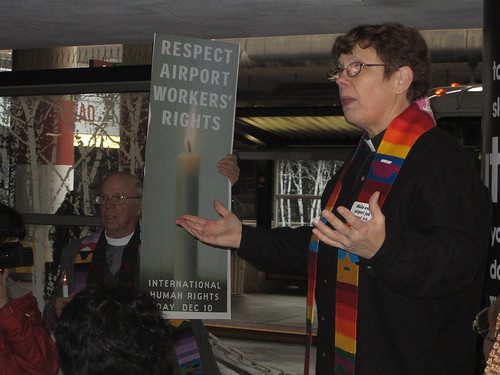
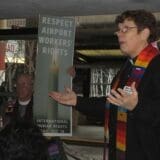
December 12 marked the 65th anniversary of the United Nations’ Universal Declaration of Human Rights. Probably most of us think first of human rights on the political level: the rights of people, especially of political prisoners across the world, to speak, assemble and write, free of government constraint.
In Seattle a group of about 100 workers, community, labor and faith leaders celebrated Human Rights Day at Seattle International Airport (SEATAC) in a different context. We were there in support of airport workers subcontracted by Alaska Airlines, which is based here: baggage handlers, wheelchair operators, cabin cleaners and aircraft fuelers. As we paraded by the Alaska ticket counters we adapted and chanted phrases of the U.N. Declaration: “…May everyone have the right to just wages…May everyone have the right to human dignity.
Socrates, a baggage ramp employee who works for Menzies Aviation, the subcontractor (and a multinational company that contracts with airlines in 29 countries),
» Read more about: Restless in Seattle: Airport Workers Seek Dignity »
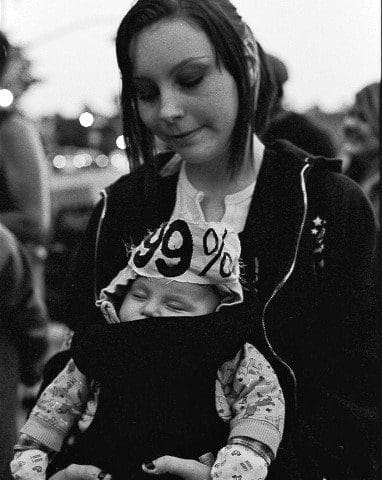
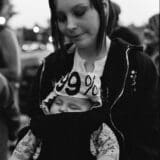
Progressives are rarely satisfied. It is part of our political DNA. There’s so much injustice in the world, it’s sometimes hard to feel that we’re making progress. But as Chinese philosopher Laozi reminded us, a journey of a thousand miles begins with a single step.
As I document in my book, The 100 Greatest Americans of the 20th Century: A Social Justice Hall of Fame, the radical ideas of one generation are often the common sense of the next generation. One hundred years ago, ideas like Social Security, the minimum wage and women’s suffrage were considered radical. Fifty years ago, most African-Americans in the South couldn’t vote, few women were welcome in politics and many professions, and all but a handful of gays and lesbians were locked in the closet. In other words, if we take a long view, we can see that things do often change for the better,
» Read more about: Peter Dreier’s Top 25 Progressive Victories of 2012 »